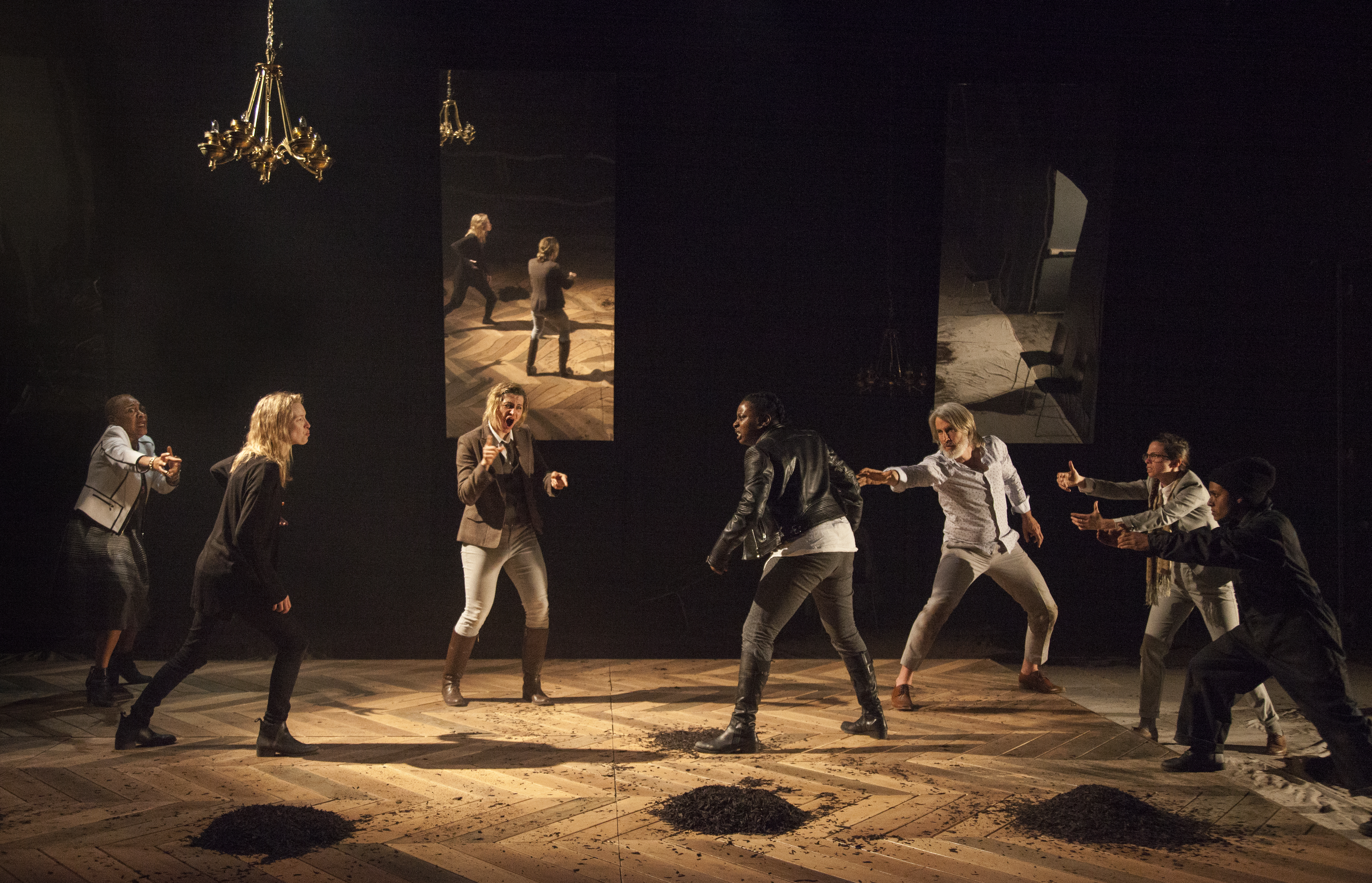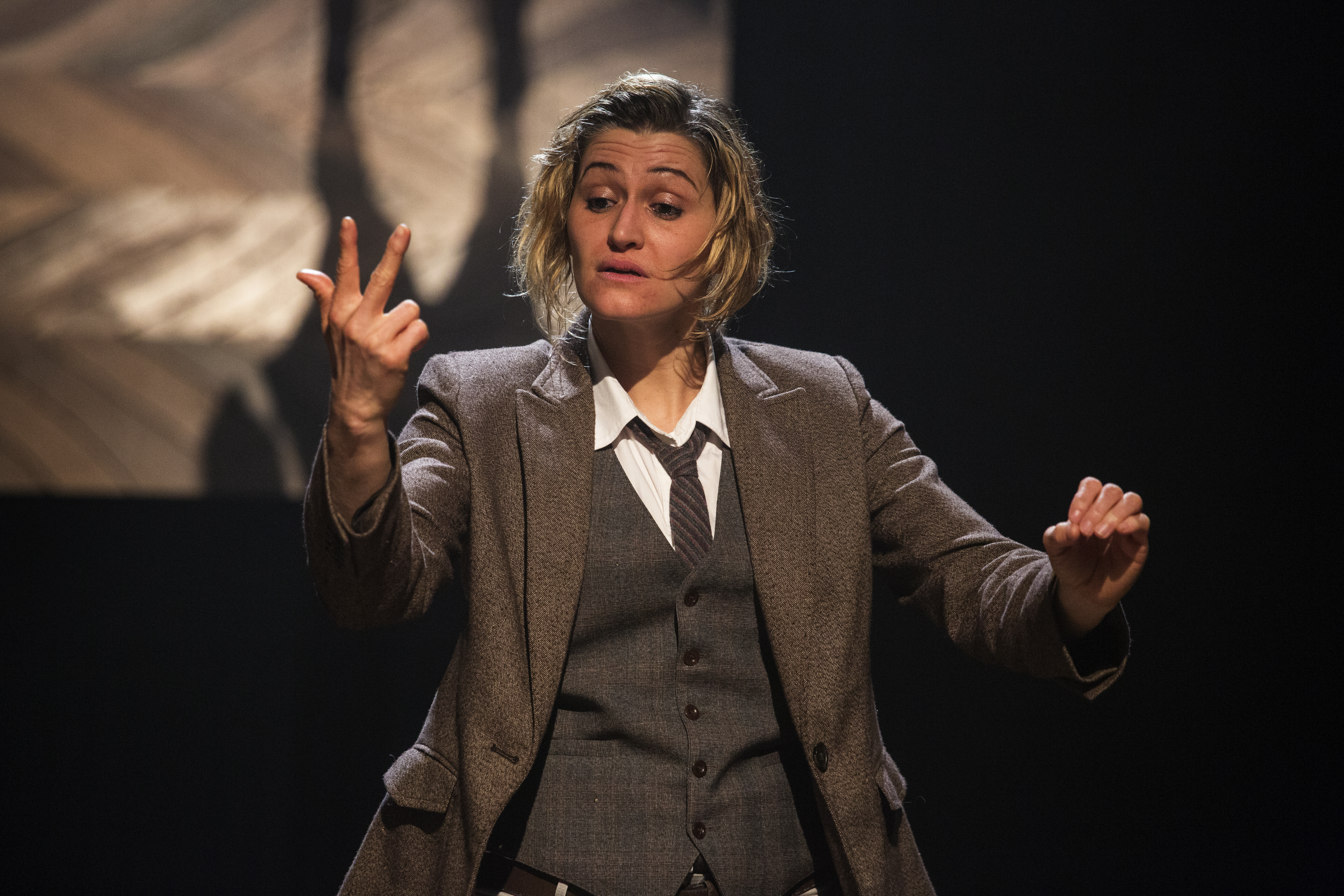Defying Gender, Race, and Ability in Prince Hamlet – A curatorial statement by Ravi Jain
December 04, 2018

I started Why Not Theatre in Toronto after 10 years of living abroad. I built the company on 3 core values: innovation, community, and collaboration. Over the past 11 years Why Not Theatre has evolved into an exciting international touring company that supports not only my work, but the work of many other artists in Toronto. Our art celebrates difference, pushes boundaries, and challenges what stories are being told and who is telling them.
I wanted to take this old play, one that is a symbol of what “theatre” is for many people and change who got to tell its story.
Hamlet was the first play I directed in Toronto (2007). Returning to it 10 years later, I saw Shakespeare’s work through a very different lens. In 2016, we saw the performance community in North America speak out against a lack of representation of artists on stage and screen. Major institutions were being called out for lack of diversity in their casting and creative teams. I wanted to take this old play, one that is a symbol of what “theatre” is for many people and change who got to tell its story. Our cast defies gender, race, and ability. In fact, we have a majority female cast starring Christine Horne (not surprisingly there were few professional productions in Canada starring a female Hamlet). By letting the actors be themselves, we revealed the play’s contemporary relevance.

Most notably, Dawn Jani Birley, who plays Horatio, is a deaf actor. The reconstruction of the text puts the power in her hands, literally, as she is the one who tells us the story. With Shakespeare, the exciting challenge is in communicating the poetry of the text through poetic sign and Dawn worked tirelessly on different ways to sign, act, and communicate the story. It is a fully integrated English and ASL production, truly a unique and rare thing to experience!
In university one of the most important classes I took was called Radical Street Theatre. I learned about how theatre was at the centre of political revolutions all over the world— in India, Poland, Kenya, Brazil, Japan, Australia, the US, and Canada. I realized that theatre doesn’t just happen in a building, it effects everything we do. I was then fortunate to spend a number of summers working in Rio and Nairobi with artists who were using art to engage their communities—particularly young people—in building a better world. I experienced the bigger picture, one in which the artist is responsible to do more than just make art.

We have to bring people together to build a better world, one where people are equal, have a voice, and are heard and seen. An important inspiration for me was an artist named Ngugi wa’Thiongo, a pioneer of Kenyan theatre, who was exiled for rediscovering theatre that challenged the British rule and history of the country. Someone wrote of his work, “he was searching for alternative visions of existence.” That phrase drives everything I do.